When people talk about the technologies which will define our future, one name always pops up – Artificial Intelligence (AI).
Many of us were brought up watching movies centred around AI, like The Terminator, Robocop, or for the younger crowd like myself, the Matrix.
Whilst these movies promote an often dark, and unrealistic perspective of the implications of AI, current technology is many decades from nearing such capabilities.
Instead, AI currently aims to enhance the safety and efficiency of many day to day tasks performed in society, leveraging the growing pools of data collected on individuals around the world.
In today’s note, we’ll go over the different types of AI, how it functions, its use cases and the companies which provide exposure.
What is AI?
AI refers to any human-like intelligence exhibited by a machine, aimed to mimic the learning, decision making and problem-solving skills which define our perceived superiority of humans over all other living organisms.
AI aims to perform tasks which typically require human intelligence; enabling driverless cars, chatbots, diagnostic imaging and speech recognition to name a few.
AI technology can be broadly categorised into three levels – based on the complexity of the tasks it aims to undertake.
Narrow AI, also referred to as “weak AI”, aims to simulate human intelligence in specialised contexts, performing specific tasks with certain limitations in place.
It is designed to perform a defined task, like face recognition, fraud detection and cancer detection, and represents the only form of AI which currently exists.
These tasks are able to be performed through machine learning – which is a branch of AI focused on building applications which make decisions and predictions based on patterns analysed in data.
Prominent examples currently in use include Apple’s Siri, Amazon’s Alexa and autonomous driving technology.
General AI, also referred to as “strong” or “deep” AI is the concept of machines with general intelligence which mimics humans, with the ability to learn and problem solve in any given situation.
Such technology is yet to exist, given the limited understanding of the human brain, and the subsequent inability to create machine consciousness.
Artificial superintelligence is the final form of AI and is a completely hypothetical form of technology involving self-aware machines which would surpass the capacity of human intelligence and ability.
The concept itself would have a multitude of consequences, as we have all seen in dystopic Sci-Fi films, however it is very unlikely we would see any semblance of this technology in any of our lifetimes.
Deep Learning
Deep learning is a subset of machine learning, which involves the creation of artificial neural networks inspired by the human brain, with the aim of learning from unstructured data.
It has superseded traditional machine learning techniques, through its ability to conduct representation/feature learning – disseminating high level trends from sets of data. The identification of trends/features in data sets then provides scope on which patterns are to be analysed.
Traditional machine learning techniques require human intervention to define data representations (i.e. the trends to analyse in data sets).
This makes traditional techniques less scalable – the more data which is input into these models, the more complex it becomes to distinguish trends to analyse, and the more human input is required.
As deep learning requires little to no human input, the more data which is input, the more it is able to learn, and the better the performance.
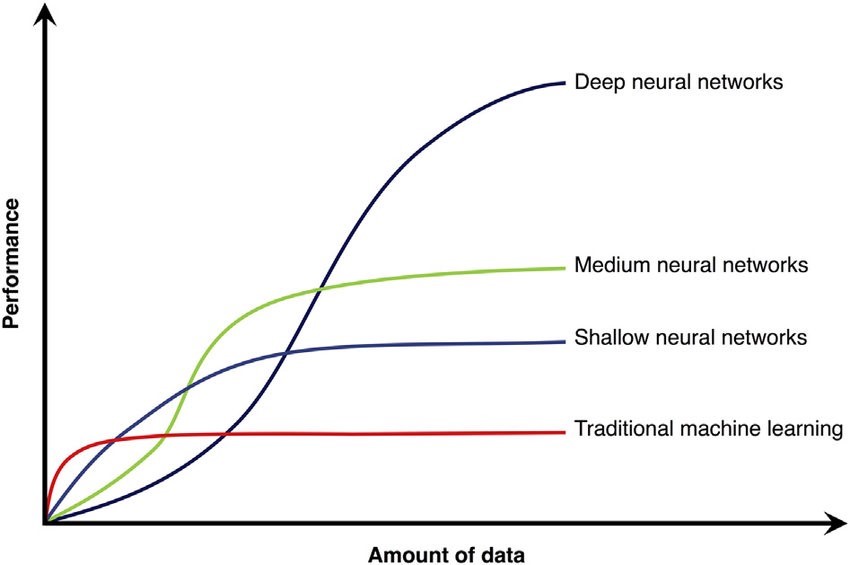
Deep learning technologies have seen considerable development in the past decade, and have been aided by faster processor performance, larger data sets, and more sophisticated neural networks.
It has been used widely by companies spanning various industries, including through voice and image search, chatbots, robotics, credit assessment and radiology.
An example of such an application is skin cancer detection.
Current methods rely on a dermatologist’s evaluation of a client’s skin – which as with anything, is subject to human error.
Deep learning software has been developed to assist with this, with images being evaluated against a global database of photos, allowing both the identification of skin cancers on one’s skin, and the likely form (whether it is benign or malignant). The more photos uploaded into the database, the more accurate the software is likely to be.
Whilst this method is of course subject to error at times, it enables greater overall accuracy in dermatologist evaluations.
As you can see, deep learning can have broad applications reliant only on a considerable input of data. It will likely act as a foundational piece of technology which defines our economy in the years to come, providing an improvement of efficiencies and a myriad of other benefits.
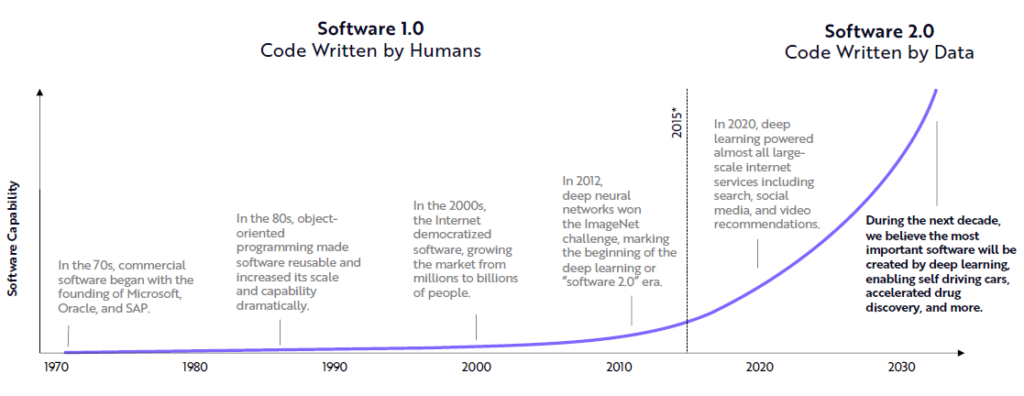
So, who are the big players in the industry?
Amazon (NASDAQ: AMZN)
Amazon boasts a market leading AI offering – led by its Amazon Web Services (AWS) division which has over 40% market share of the global cloud industry (JP Morgan 2021).
AWS offers a range of readymade AI services which can be easily integrated into existing applications, including speech recognition, fraud detection, text translation, intelligent search and chatbot services.
Alexa – its virtual AI assistant – is able to play music, provide information, deliver news, control your smart home – all through voice commands. In the future, Amazon intends to develop a more proactive virtual assistant, enabled through greater predictive capability from more complex neural networks.
Whilst ethical questions are constantly raised over the depth of data collected by voice assistants, it seems unlikely that we will see a future without Alexa given the benefits it can offer to consumers.
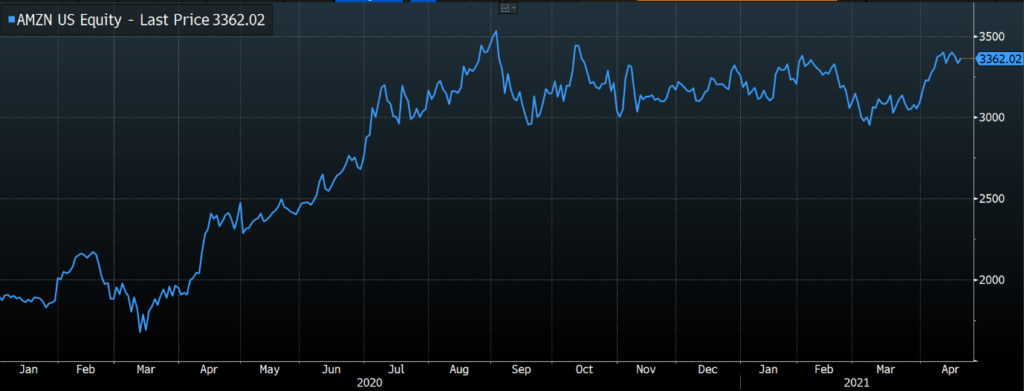
Google (NASDAQ: GOOGL)
Google has been at the forefront of the development of the AI industry, offering a wide range of AI related products including Google Search, Google Maps, Google Assistant and Waymo (its self-driving car project).
Google is set to continue to expand in the area, having been on an aggressive acquisition streak for the past 10 years, with their intentions summed up by their CEO.
“AI is one of the most profound things we’re working on as humanity. It’s more profound than fire or electricity”
– Sundar Pichai, CEO, Alphabet
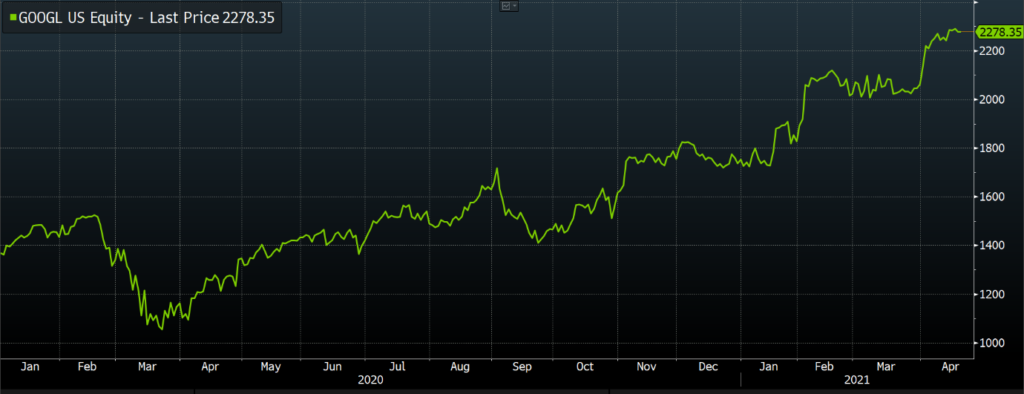
Nvidia (NASDAQ: NVDA)
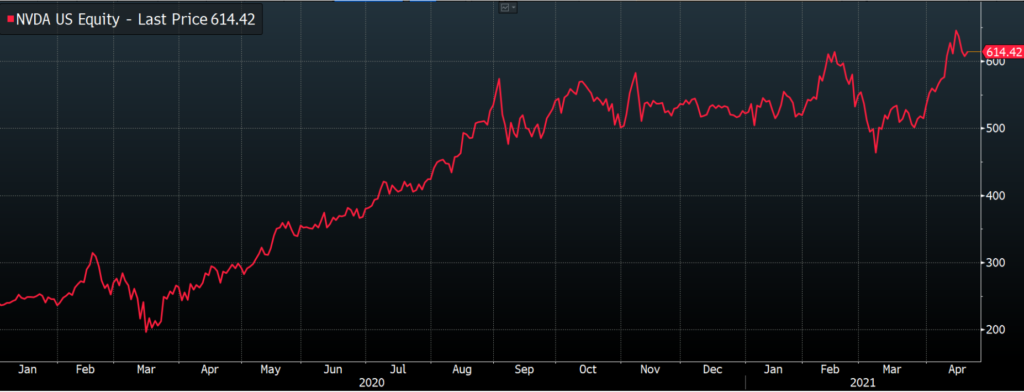
The capabilities of AI are largely defined by the power of the underlying AI chips – the more powerful the chip, the faster programs are able to run. As AI begins to increase in importance, so will the demand of these chips, with Nvidia leading the market through its high-performance graphics processing unit (GPU).
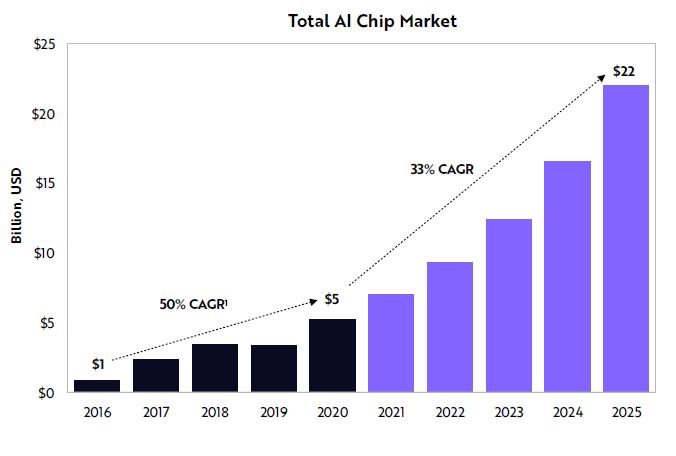
Sensetime
Sensetime is a name which would not be unbeknownst to most readers, given it is a long-term Mason Stevens favourite.
It is the world’s most valuable artificial intelligence company, offering a wide range of products, including self-developed AI chips, self-developed GPU boards, an internationally leading AI computing power centre, the world’s fastest AI vision algorithm training platform, and a big data automatic annotation and storage computing platform.
These products are utilised throughout various sectors of the AI industry, including Smart Cities, Smart Business, Augmented Reality (AR), autonomous driving, medical diagnostics and education.
Next Stop – Machine Consciousness?
As AI hardware improves, and data bases grow, it is inevitable that AI technology will continue to have an increasing influence on the global economy.
Increased automation will offer a significant creation in value for those companies which are positioned to benefit.
Like most frontier technologies, it is difficult to gain a pureplay exposure to the industry through listed companies.
However, as Max eloquently outlined in his EV note, it is important to understand an industry as a whole when gaining exposure to a certain thematic – from the primary inputs to the end product.
Knowledge of this will enable you to better manage risk and select those securities which will be most appropriate for your portfolio.
The views expressed in this article are the views of the stated author as at the date published and are subject to change based on markets and other conditions. Past performance is not a reliable indicator of future performance. Mason Stevens is only providing general advice in providing this information. You should consider this information, along with all your other investments and strategies when assessing the appropriateness of the information to your individual circumstances. Mason Stevens and its associates and their respective directors and other staff each declare that they may hold interests in securities and/or earn fees or other benefits from transactions arising as a result of information contained in this article.



